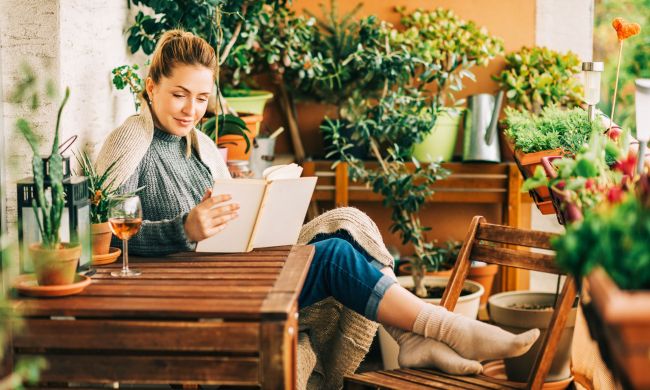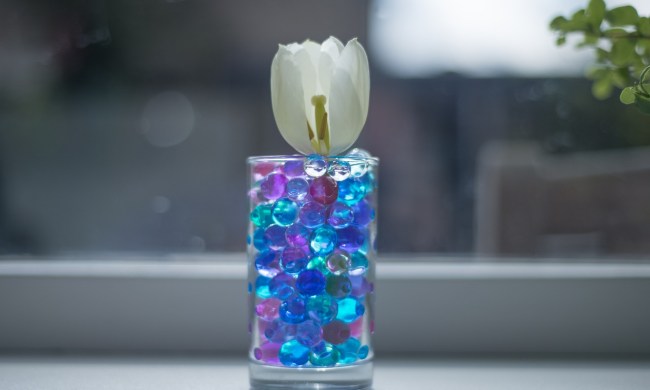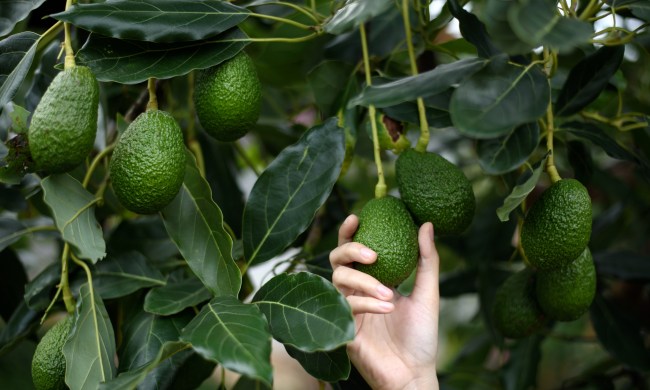Numerous plants prefer dry climates. However, several plants cannot get enough when it comes to water. Cultivating a garden in a wet climate is not difficult with the right choice of plants. You have to get the plants to suit the environment, though. Here are some amazing plants you can grow if you live in a wet climate, as they are water-loving and shade-craving plants.
Lettuce
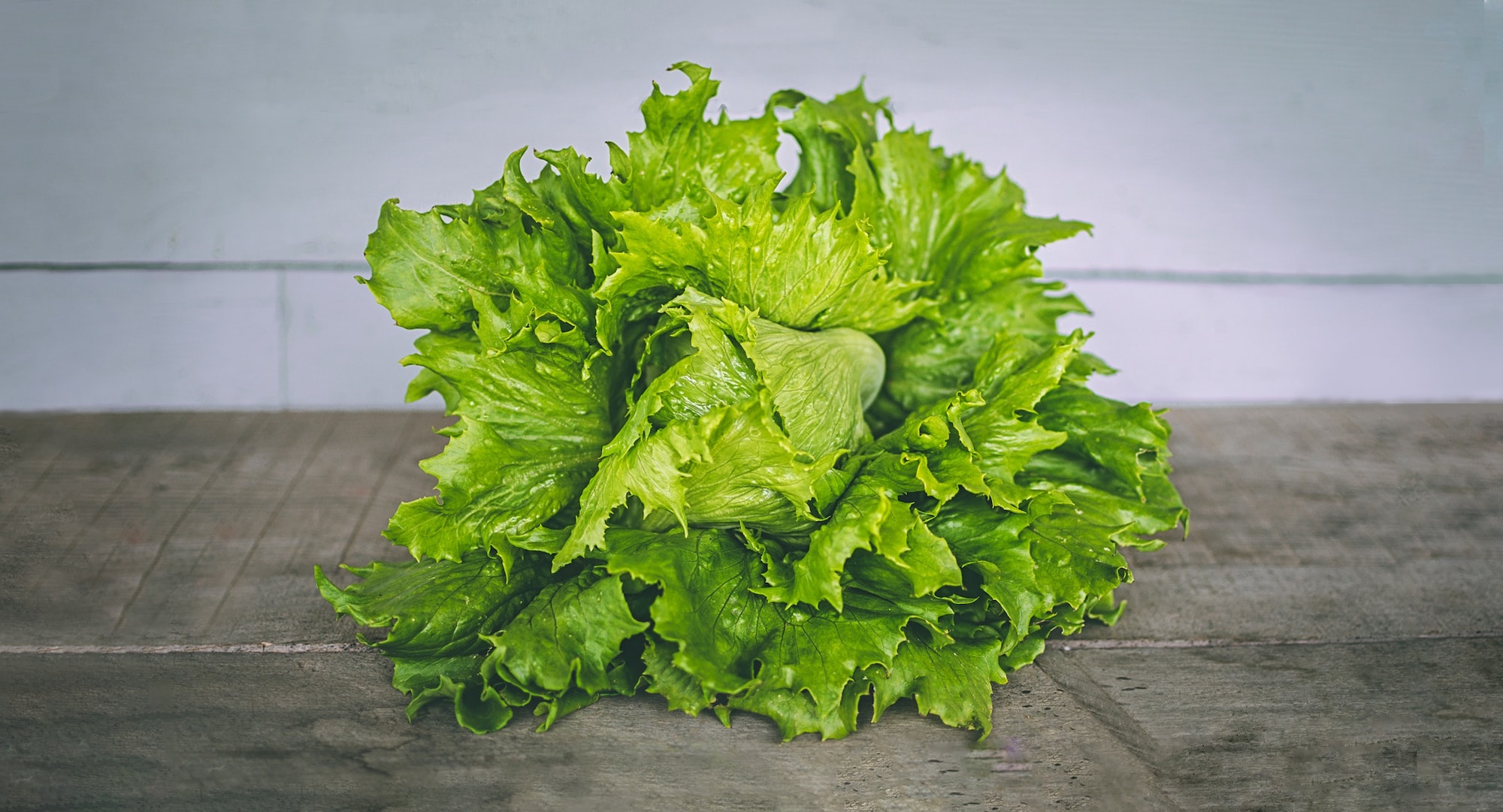
Lettuce grows quickly and loves moderate temperatures and moisture. If you want a vegetable that does well in a wet climate, you can’t overlook lettuce.
Spinach
Spinach grows best in evenly-moist conditions but survives wet soil, too. It requires consistent wetting when planted in dry places. Moisture will ensure rapid growth and prevent the leaves from falling off.
Sugar snap peas
The snap peas are best grown in the spring. Sugar snap peas grow quickly in a wet climate. With moderate temperatures and moisture levels, pea plants continue to produce pods.
Hosta
Hosta thrives in a damp place. It is a large variety, with streaks of green leaves with yellow margins and purple flowers. It blooms from July to August. It is sun-tolerant and is therefore ideal for growing on a sunny or partially-shaded edge. Be sure to protect your plants from snails.
Astilbe
Astilbe plants carry a lot of fern foliage. During late spring, they’ll have elegant plumages of feathered flowers. They are best planted in shady and wooded gardens, where their pink or white flowers bring a touch of color.
Bleeding-heart flowers
Yes, there is a plant called bleeding-heart! These heart-shaped flowers have white tips hanging from curved stems, and they bloom in late spring and early summer. These plants will grow in light shade, but they do better in a sunny place, as long as the soil remains wet enough.
Hydrangea
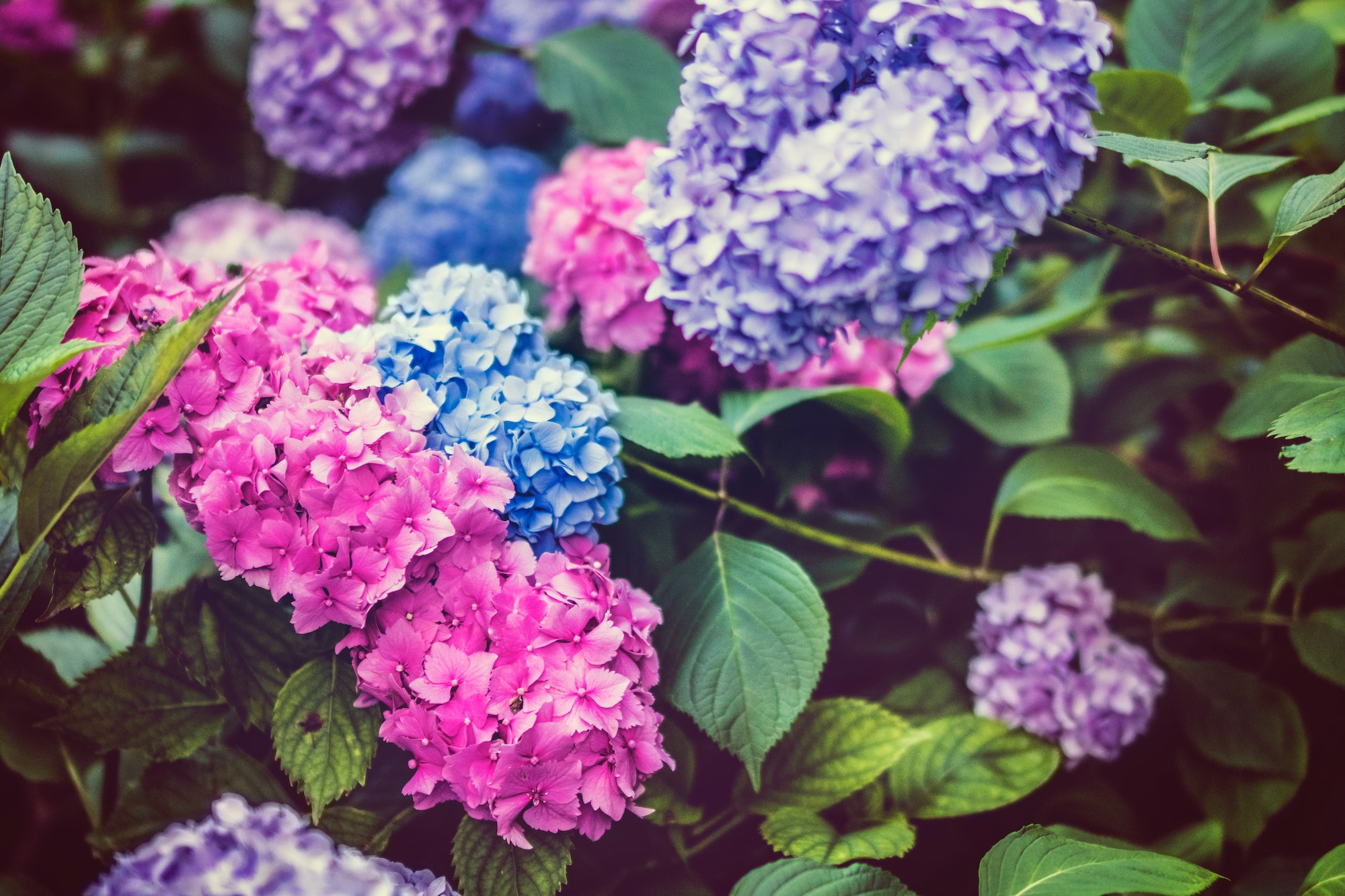
Many beautiful and versatile new hydrangeas have emerged in recent years, and there are beautiful varieties for all types of gardens. They thrive in the shade or the sun, but they like moist soil.
Dogwood
Dogwood has dark red and grayish-green stems with white margin leaves; small, cream-colored flowers; and clusters of white berries. It produces the brightest stems when planted in direct sunlight. Red dogwood is ideal for growing in a rainy garden, as it continually prefers a wet climate. This shrub is appreciated for its red bark. To encourage new growth, cut about a quarter of the old stems each year in early spring.
Yellow trout lily
The yellow trout lily grows naturally in moist forests and along streams of North America and thrives in the shade. Therefore, it is the perfect plant for shady gardens and around ponds. It has impressive yellow flowers in spring before falling into hibernation. You can grow the plant from seeds, although it can take about five years before they flower.
Leopard plant
The leopard plant is the right choice for growing around bodies of water and in wet climates. Its unique yellow-orange flowers, which bloom in early summer, are like daisies. And its large leaves have an attractive dark purple color with a few green hues. It requires regular irrigation so that the soil never dries. And be sure to give it shade, especially in the warm season.
Pigsqueak
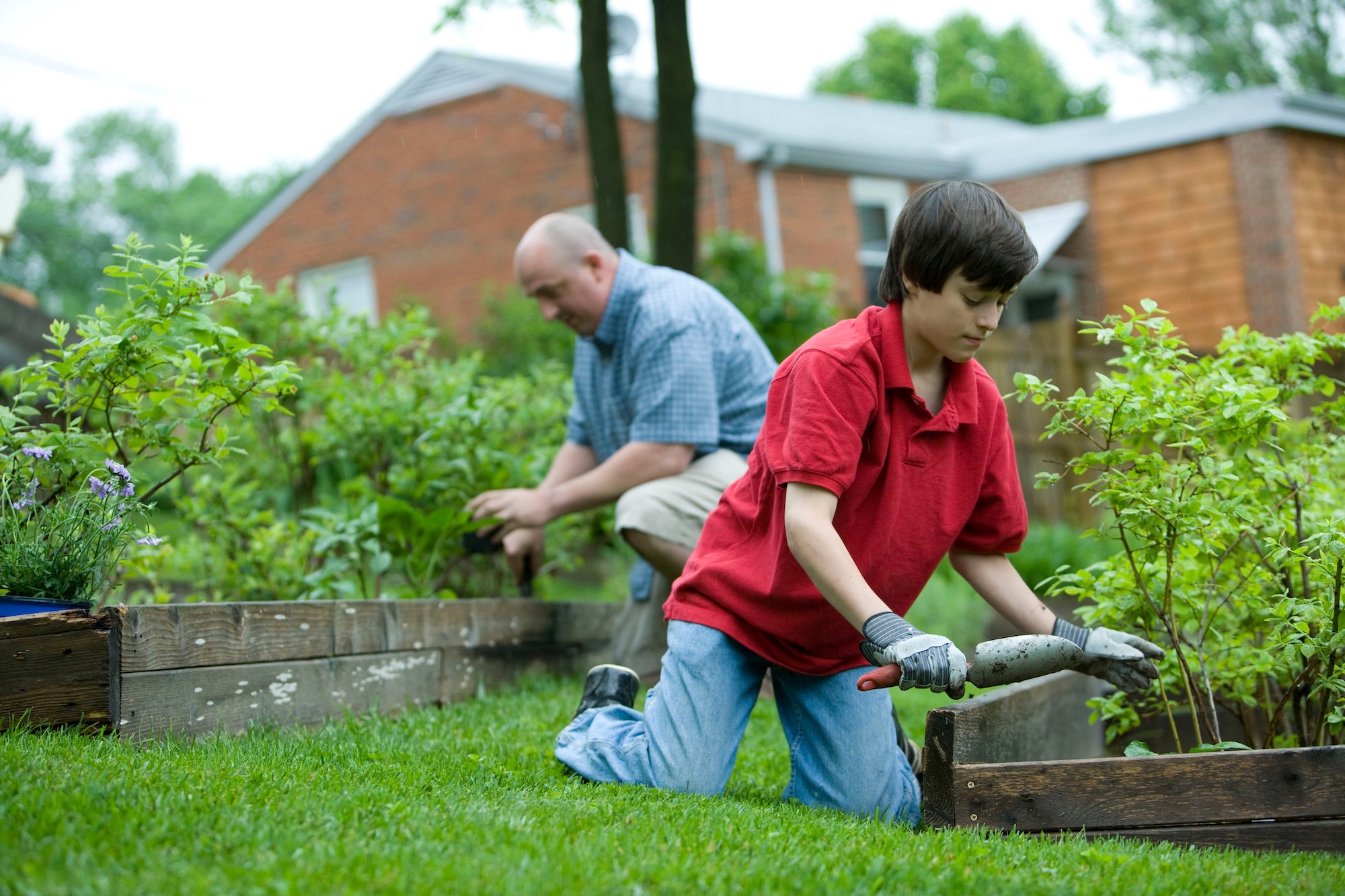
Pigsqueak is a perennial plant grown mainly as a ground cover. It has this name because its leaves creak when you rub them between your fingers. It not only tolerates moist soil well, but it also grows well in the shade. Remove the dead flowers in time for spring to encourage more excellent flowering.
Sweet pepperbush
Sweet pepperbush, also known as summersweet, grows in moist forests and swamps and along streams and lakes. It reaches about 3 to 8 feet in height with an extension of 4 to 6 feet. In summer, it produces long spikes of fragrant flowers that tend to attract butterflies and bees. Keep the soil around your bush constantly moist with irrigation and rainfall. Cut it as needed at the end of winter.
Wind, rain, and a lack of sunshine are some of the things people complain about and give as excuses for not having flourishing gardens. The above selection of plants can help you have a great gardening experience in wet climates or water-logged soils. Where you live can be wet, but that shouldn’t stop you from having a beautiful garden.
Did you know that some shrubs thrive in wet soil? Read on further to learn all about it.
